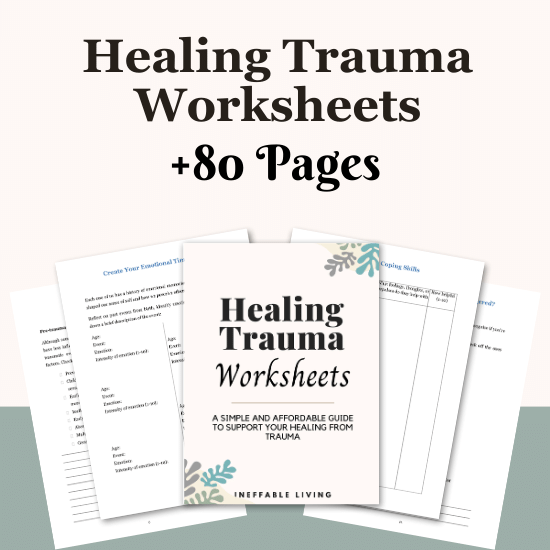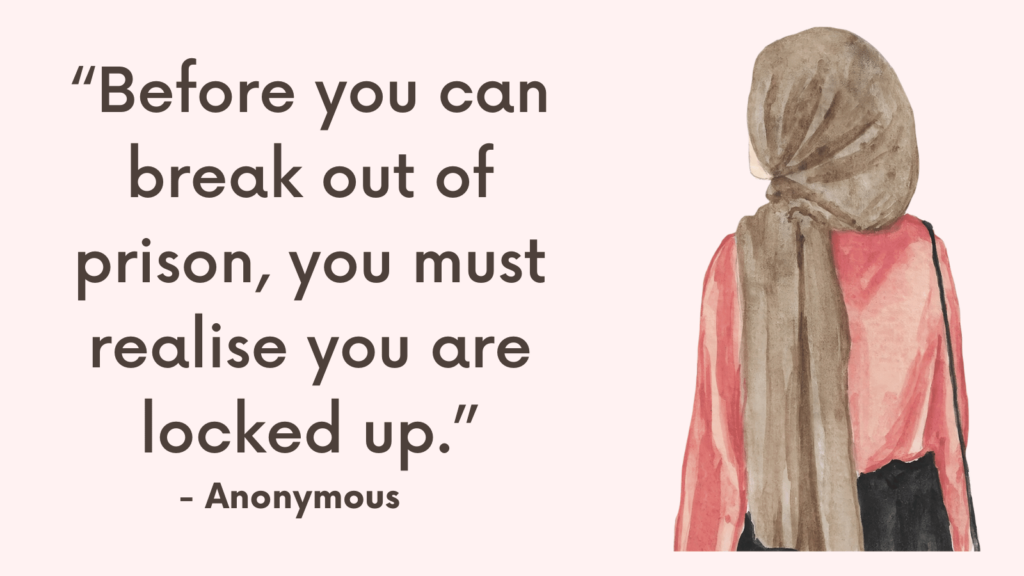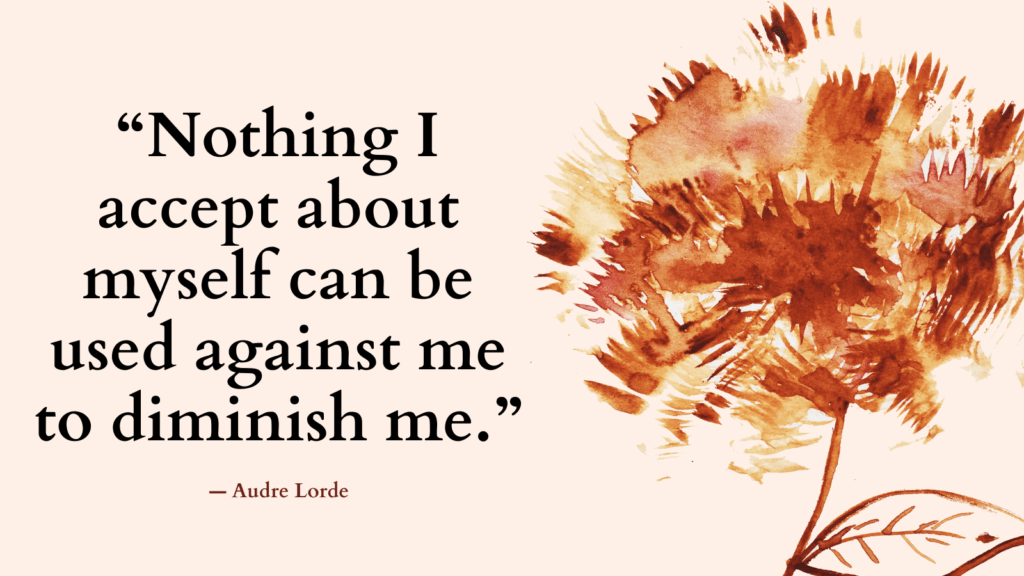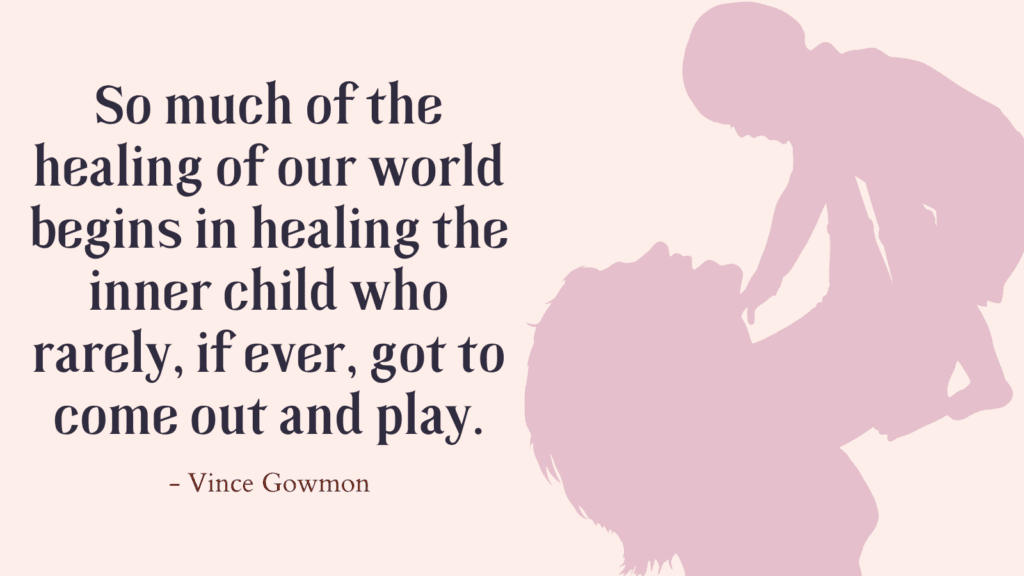This post contains the 5 childhood wounds as well as tips on how to heal them.
5 Childhood Wounds (and How to Heal Them)
1. Rejection Wound
Childhood experiences of rejection, whether from peers, caregivers, or authority figures, can deeply impact an individual’s sense of self-worth and belonging.
Rejection can lead to feelings of unworthiness, social anxiety, and challenges in forming trusting relationships in adulthood.
These experiences may shape a person’s belief about their own value and affect their ability to seek and maintain healthy connections with others.
How to Heal?
Self-Compassion: Practice self-compassion by treating yourself with kindness and understanding, especially during times of emotional distress. Research has shown that self-compassion can significantly reduce negative emotions associated with rejection and enhance psychological well-being. Engaging in mindfulness exercises and self-compassion meditations can be beneficial in cultivating this mindset.
Positive Affirmations: Practice using positive affirmations to counteract negative self-beliefs that may have developed as a result of past rejection. By intentionally recognizing and reaffirming one’s self-worth and value, individuals can gradually shift their internal narrative and develop a more positive self-perception.
Healthy Social Connections: Actively seek out and nurture relationships with supportive and validating individuals. Building connections with people who appreciate and accept you for who you are can help counteract the lingering effects of past rejection and contribute to a more positive sense of belonging and acceptance.
Rejection Exposure: Gradually exposing oneself to situations where rejection may occur can help individuals build resilience and reduce the fear of rejection. This could involve setting small, manageable goals in social interactions and gradually increasing exposure to potential rejection over time, while practicing self-soothing and self-compassion techniques.
Related: Best 15 Inner Child Exercises: How To Connect With Your Inner Child (& Heal Your Childhood Wounds)
2. Abandonment Wound
The experience of abandonment during childhood, such as the absence of caregivers or inconsistent support, can create profound feelings of insecurity and fear of loss.
Individuals who have experienced abandonment may struggle with trust, independence, and forming secure attachments in their adult relationships.
These early experiences can shape one’s ability to rely on others and feel safe in intimate connections.
How to Heal?
Mindfulness and Self-Soothing Practices: Engage in mindfulness exercises and self-soothing techniques to help regulate emotions and cultivate a sense of internal safety. Research has shown that mindfulness practices can be effective in reducing anxiety and increasing feelings of security and calmness.
Exploring Attachment Styles: Gain an understanding of one’s own attachment style and how it may have been influenced by past experiences of abandonment. By recognizing and exploring these patterns, individuals can begin to develop a more secure attachment style and build healthier relationship dynamics.
Emotional Regulation: Practice emotional regulation techniques to manage feelings of fear and insecurity related to abandonment. This may involve learning to identify and express emotions in a healthy manner, as well as developing coping strategies for times when feelings of abandonment resurface.
Related: Inner Child Wounds Test (+4 Attachment Imagery Exercises To Heal Inner Child Wounds)
3. Humiliation Wound
Childhood experiences of humiliation, whether through public shaming, bullying, or harsh criticism, can deeply impact an individual’s self-esteem and confidence.
Humiliation can lead to feelings of shame, self-doubt, and a persistent fear of judgment in social interactions.
These experiences may contribute to a heightened sensitivity to criticism and difficulty asserting oneself in adulthood.
How to Heal?
Cognitive Restructuring: Identify and challenge negative and distorted beliefs about oneself that have resulted from experiences of humiliation. Cognitive restructuring techniques can help individuals replace self-critical thoughts with more balanced and compassionate self-perceptions.
Assertiveness Training: Develop assertiveness skills to establish and maintain boundaries, communicate needs and desires, and advocate for oneself in a respectful and confident manner. Learning to assert oneself can be empowering and contribute to a sense of agency and self-worth.
Related: Top 25 Inner Child Journal Prompts To Heal Your Inner Wounds
4. Betrayal Wound
Childhood betrayal, such as the breaking of trust by caregivers or peers, can profoundly affect an individual’s ability to form trusting relationships and feel secure in their connections with others.
Betrayal can lead to deep-seated feelings of mistrust, fear of vulnerability, and challenges in establishing intimacy and authenticity in adult relationships.
How to Heal?
Allow Yourself to Grieve: Acknowledge and allow yourself to grieve the betrayal. It’s important to give yourself permission to feel the range of emotions that may arise, such as sadness, anger, and confusion. Research suggests that allowing oneself to experience and process emotions is an important part of the healing process.
Rebuilding Trust in Self and Others: Engage in activities and practices that promote self-trust and self-compassion. Developing a sense of trust in oneself can be a crucial step in rebuilding trust in others. Engaging in mindfulness and self-compassion exercises can support this process.
Setting Boundaries: Learn to establish and maintain healthy boundaries in relationships. Developing clear and assertive boundaries can help protect against future betrayals and foster a sense of safety and empowerment.
Related: Inner Child Meditation Script
5. Injustice Wound
Experiences of injustice during childhood, such as witnessing or being a victim of unfair treatment, can create lasting feelings of anger, resentment, and a heightened sensitivity to perceived injustices in adulthood.
These experiences may impact an individual’s ability to trust authority, navigate conflicts, and advocate for themselves in personal and professional settings.
How to Heal?
Validation of Feelings: It is important to validate and acknowledge the feelings of anger, sadness, or helplessness that may arise from experiencing injustice. Research suggests that recognizing and processing these emotions is an important step in the healing process.
Engage in Activism: Consider channeling your emotions into constructive action. Engaging in activism or advocacy related to the injustices you have experienced or witnessed can empower you and contribute to a sense of agency and purpose.
Self-Care and Resilience-Building: Engage in self-care practices that promote emotional resilience and well-being. This may include activities such as mindfulness, meditation, exercise, and creative expression, which can help reduce stress and enhance emotional regulation.

Conclusion
Each of these childhood wounds can have lasting effects on an individual’s emotional well-being and interpersonal relationships.
Processing and addressing these wounds with a qualified mental health professional can be an important step in fostering healing, self-understanding, and developing healthier coping strategies.
Understanding the impact of these experiences is vital in promoting resilience and building a more positive sense of self and relationship dynamics.



